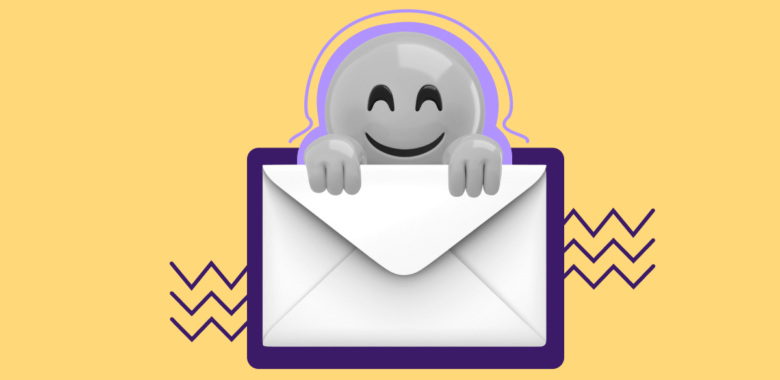Misunderstandings may cause irritation, and this may result in unsubscription and impact deliverability. That’s why you should use uncommon emojis with caution and always check the meaning of them in the culture of the place you are targeting.
Besides, as the Nielsen Norman Group’s report says, adding an emoji to a subject line makes it more attractive only due to its visual characteristics (not meaning): It attracts the subscribers’ attention and makes them open the email for its visual qualities rather than for its meaning.
Relevance
According to a study, emojis help people avoid misunderstanding and express emotions, so they add relevant context to the message.
A Nielsen Norman Group’s report shows that emojis in the email’s subject lines are seen as less valuable than no-emoji ones. So, if you launch a campaign with a kind of serious message or topic or send a transactional email, it is better to avoid emojis, because it may impact its trustworthiness.
Once again, it is important to know your audience and choose the basic and simple emojis or provide more context to avoid misunderstanding.
Prevalence
Emojis may help your email stand out from the crowd, especially when used in the subject line. However, you are not the only one who wants to be unique. Take it into account and think twice about the relevance of the symbols you are using. If your email gets into an inbox filled with similar subject lines with emojis, it won’t be successful.
Besides, the abundance of emojis may badly influence deliverability and increase the chances of getting into spam folders. If you take a look at your spam folder, you will see how many subject lines with emojis there are, because spammers desperately seek your attention.



















